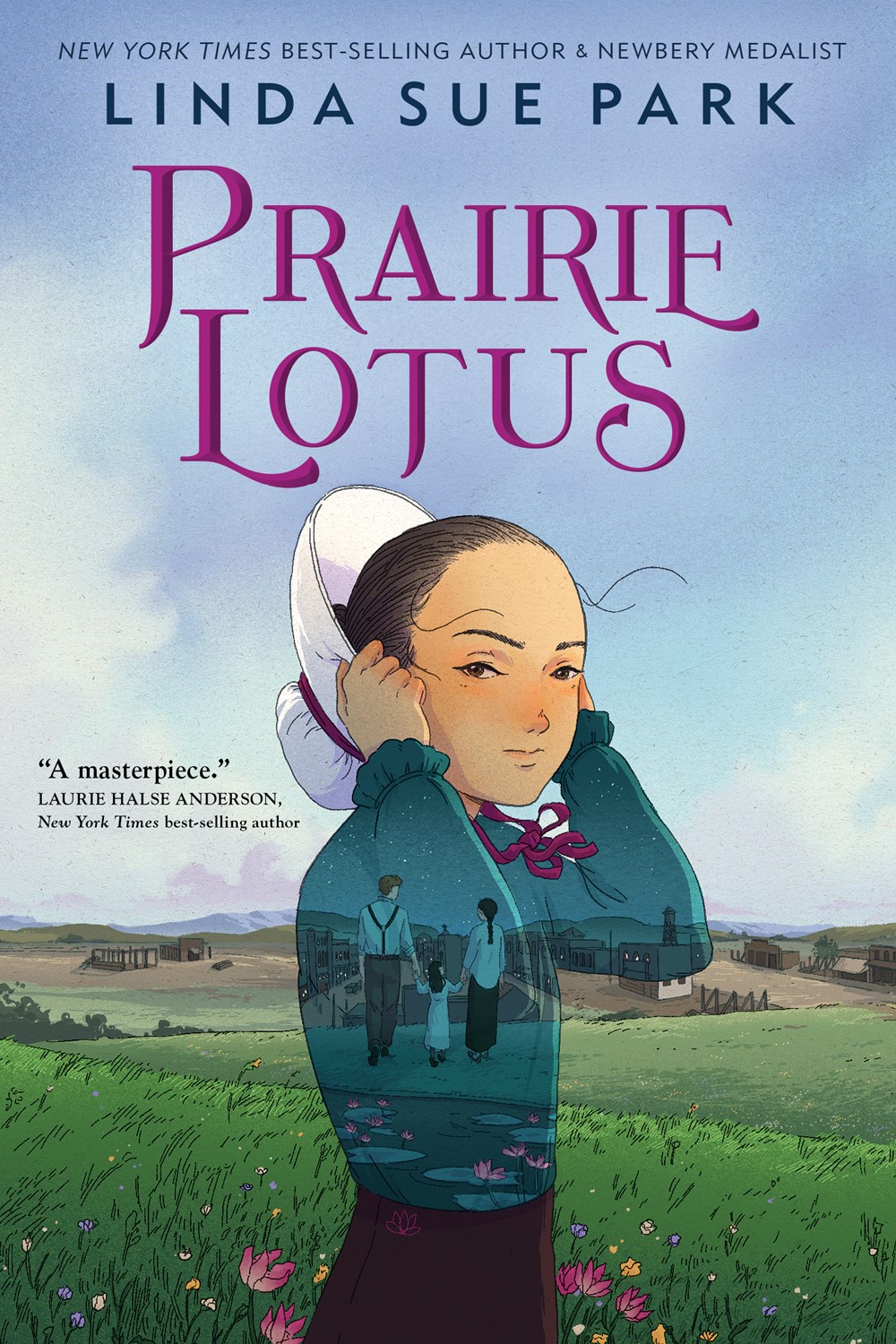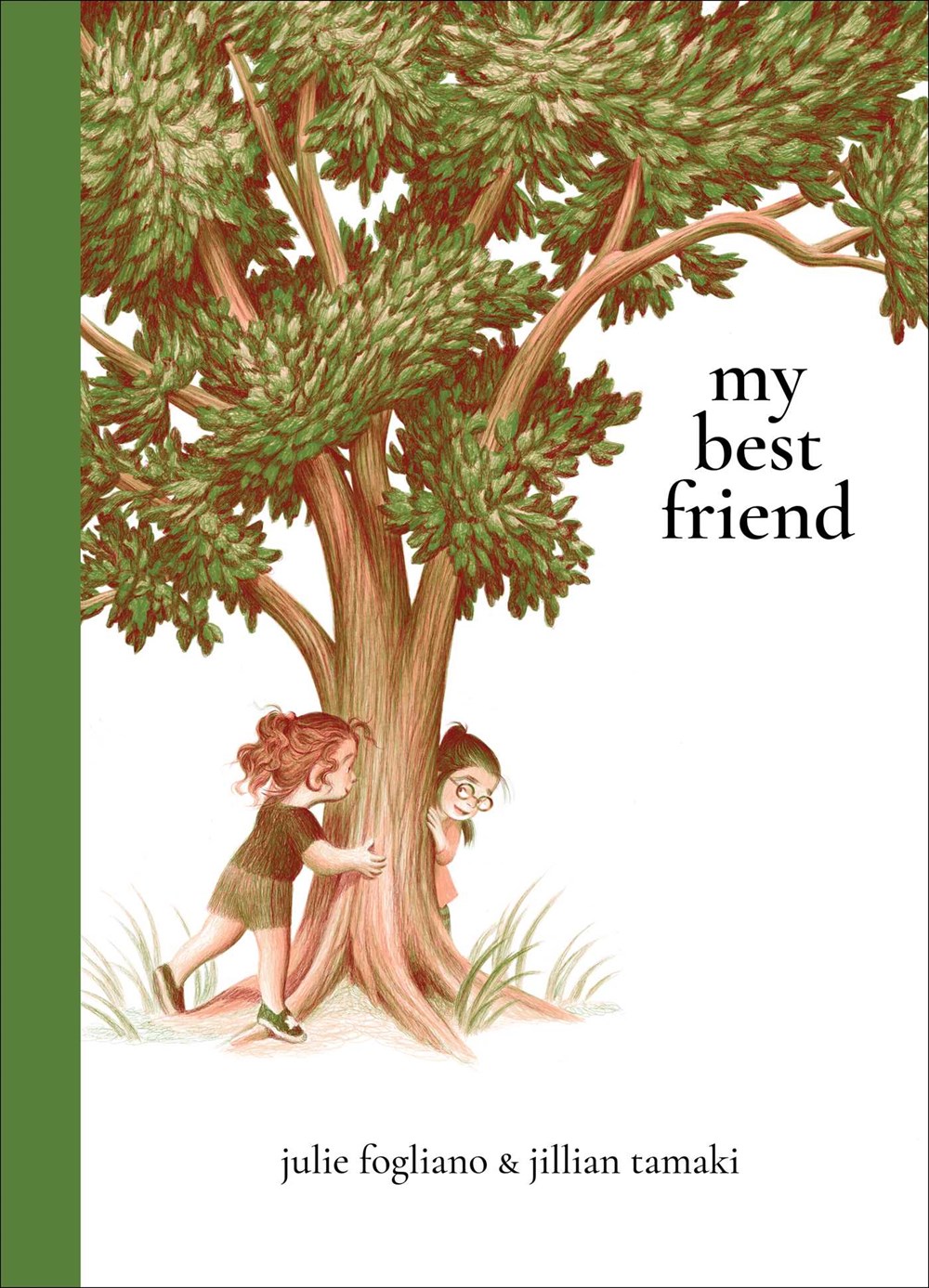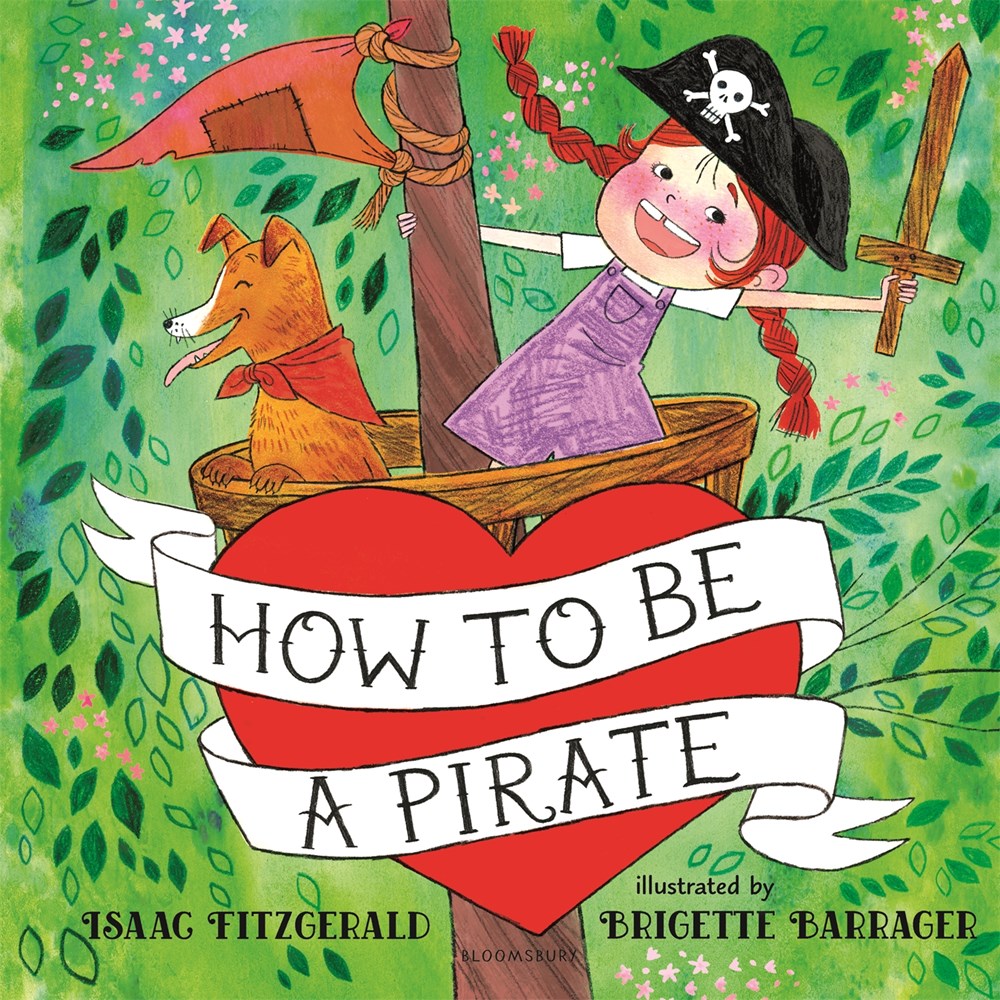Stories about World War II continue to resonate with young readers. These four titles offer distinct formats—a young adult novel, a work of nonfiction, a graphic novel, and a middle grade novel—but all capture the horror, the humanity and the hope of this moment in history.
A Holocaust heroine
Sharon Cameron’s young adult novel The Light in Hidden Places is based on the true story of Holocaust heroine Stefania Podgórska, a 16-year-old Catholic girl in Poland who not only took care of her younger sister but also hid 13 Jewish people in the attic of her tiny apartment.
In order to tell Stefania’s story, Cameron (The Dark Unwinding, The Knowing) did extensive research, which included interviewing several of the attic’s survivors, gaining access to Stefania’s unpublished memoir and traveling with Stefania’s son to Poland. There, they visited the places in which this incredible tale unfolded. Cameron saw for herself the minuscule, cramped space where 13 people cowered for more than two years with no electricity, water or toilet, and which Stefania and her sister could only access via a ladder to bring them food and water and carry out their waste in buckets.
What’s more, an SS officer lived in an adjacent apartment for months, and by the end of the war, two German nurses had moved into Stefania’s apartment. The nurses often brought their SS boyfriends home for the night, making Stefania feel like she was not only secretly and illegally hiding Jewish people but also “running a Nazi boarding house.”
Cameron’s wide-ranging research and deft storytelling abilities combine to create an astoundingly authentic first-person narration. Her exquisite prose conveys in riveting detail exactly what it was like for Stefania to live through the horrors she witnessed, as well as the difficult decisions that had to be made by both survivors and those who did not, ultimately, survive.
Though it at times reads like a memoir, The Light in Hidden Places is a tense and gripping novel, full of urgency, in which death seems to wait around every corner. Although it’s still early in the year, it seems destined for my list of the best books of 2020.
The Kindertransport kids
When 6-year-old Frieda Korobkin’s parents told her that she and her siblings were going on a “great adventure,” she had no idea they would leave their parents behind in Vienna, Austria, to go to England as part of a Kindertransport, an evacuation effort for Jewish children, in December 1938. As they walked to the train station, two thugs attacked Frieda’s father and cut off his beard. When they finally reached the station, Frieda was so frightened that her father had to force her, kicking and screaming, onto the train; the angry, bewildered girl refused to wave goodbye. “As a result,” she remembers, “I am haunted forever by the image of my father standing desolate and bleeding on that station platform, watching helplessly as the train carrying his four children vanished before his eyes.”
This is just one of the many personal stories included in Deborah Hopkinson’s outstanding work of nonfiction, We Had to Be Brave: Escaping the Nazis on the Kindertransport. This relief effort saved 10,000 children, mainly from Germany and Austria. In engrossing, lively prose, Hopkinson, who contributes regularly to BookPage, has compiled many of their stories, personally contacting many of these now-elderly survivors. “Before they were refugees,” she writes, “before they were victims, before they were survivors, they were ordinary children and teens. They were like you.”
Hopkinson zeroes in on these personal stories while also skillfully setting the historical stage every step of the way. “Look, listen, remember” sidebars throughout the book will guide curious readers to related online video and audio links. Hopkinson also includes a wealth of photographs and helpful follow-up information, including brief accounts of the later years of the many survivors she profiles.
Despite their seemingly bleak circumstances, the survivors’ stories include a multitude of hopeful and redemptive moments. As Hopkinson notes in her introduction: “We may not be able to change the entire world. But what we do matters. We can be brave and raise our voices to make sure others are not silenced, hurt, or bullied.”
We Had to Be Brave is a powerful book that will haunt readers—and should.
Photos of hope amid despair
Bearing witness. That’s what Catherine Colin does in the fascinating graphic novel Catherine’s War, a coming-of-age story written by Julia Billet and inspired by her mother’s life. Like Catherine, Billet’s mother was one of the Jewish children who attended the progressive Sèvres Children’s Home outside Paris and was moved from place to place all over France to avoid capture by the Nazis.
Catherine’s real name is Rachel Cohen. In order to stay alive, she must take on a Catholic identity and leave her family and friends behind. Her Rolleiflex camera becomes both her passion and lifeline, allowing her to chronicle the bright moments as well as the turmoil and danger she encounters as she hides in a monastery school, a rural family farmhouse, a chateau orphanage and a house in the woods that belongs to a fighter in the French Resistance. “I love seeing the world through the viewfinder,” she says. “One click stops time.”
And what a time it is. Claire Fauvel’s lively illustrations help readers keep track of these many locales and of the people Rachel encounters, as well as her multitude of experiences (eating pork soup for the first time, photographing three young girls who are later taken by the German police, falling in love). The easy, sketch-like quality of Fauvel’s panels lends immediacy to the narrative and humanity to the characters. Her illustrations seem particularly suited to moments of tension, especially in scenes where adults must punish the children for small errors that could prove costly, including accidentally responding to their real names or making the sign of the cross with the wrong hand.
Haunted by the losses she has suffered, Catherine stops taking photos for a while, but eventually finds her way back to her camera, able to once again see “beauty everywhere, hidden in each reflection.” She eventually witnesses the liberation of Paris and travels the world to continue her artistic journey. Catherine’s War packs a big story within its pages and serves as a tribute to the healing power of art and and to the promise of hope, even in the midst of death and danger.
Young heroes of France
Maggie Paxson’s 2019 nonfiction book for adults, The Plateau, garnered acclaim for telling the story of the Vivarais-Lignon plateau in southern France. It’s an area that has welcomed refugees for centuries; during World War II, the villagers of Le Chambon successfully hid Jews and foreigners throughout their town. Now, Newbery Honor winner Margi Preus (Heart of a Samurai) focuses on the heroic actions of numerous young people in Le Chambon in Village of Scoundrels, a middle grade novel.
Preus bases her characters on a variety of real-life heroes to tell a bold, exciting story with precision and passion, full of action at every turn. Red-headed Philippe sleeps all day and transports people and vital items on his sled at night. Jean-Paul sets up shop forging documents, putting his life in danger, as he also tries to attend medical school, even though, as a Jewish person, he isn’t allowed to do so. Celeste carries messages for the Resistance and overcomes her paralyzing fears. “It’s as if we’re fighting our own little war, all by ourselves,” she observes. Each of their narratives depicts people, young and old, who must make excruciating moral choices and muster extreme courage in the face of grave danger. Celeste so wisely concludes, “They had no choice but to be brave. They had no choice but to take action.”
Middle-grade readers will be both transfixed and inspired by the many acts of courage chronicled in Village of Scoundrels.





 Overground Railroad
Overground Railroad A Ride to Remember
A Ride to Remember Big Papa and the Time Machine
Big Papa and the Time Machine


 Prairie Lotus
Prairie Lotus  Show Me a Sign
Show Me a Sign 

 An Ordinary Day
An Ordinary Day  Are Your Stars Like My Stars?
Are Your Stars Like My Stars?


 My Best Friend
My Best Friend How to Be a Pirate
How to Be a Pirate

 All Around Bustletown: Summer
All Around Bustletown: Summer Everybody Counts: A Counting Story From 0 to 75
Everybody Counts: A Counting Story From 0 to 75  All Along the River
All Along the River What a Masterpiece!
What a Masterpiece!












